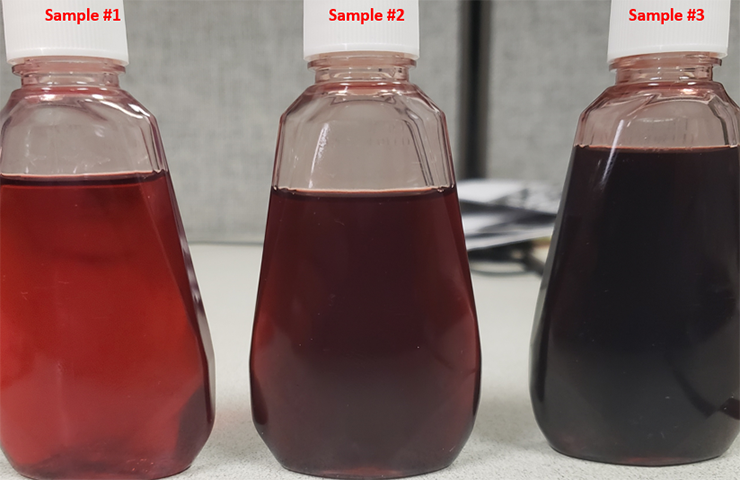The replacement program (U.S.) for the 9T65 9-speed automatic transmission (RPO M3V, M3W) on 2018-2021 Enclave, Traverse; 2019-2021 Blazer; and 2020-2021 Acadia, XT5, and XT6 models (Fig. 1) has recently been updated. All of the changes are covered in the latest version of Bulletin #20-NA-136.
 Fig. 1
Fig. 1
The pilot program is designed to reduce the number of days needed to complete transmission repairs. After diagnosis of an internal fault, technicians are directed to replace the transmission assembly (following the necessary guidelines) instead of making internal repairs to the transmission.
Feedback on the program has shown a reduction in repeat repairs for transmission replacements as well as increased quality control for returned transmission inspections.
The program continues to apply to vehicles sold in the U.S. with less than 18,000 miles and less than 18 months from date of delivery (DOD).
Transmission assemblies (Fig. 2) replaced during the program may be requested to be returned to the Warranty Parts Center for engineering analysis. Refer to Bulletin #99-00-89-019 for the part return process. Early results of the program have seen the root causes of several concerns determined during teardown inspections of the returned transmissions. These root causes may not have been possible to identify if the assemblies had been disassembled for repairs at the dealership.
 Fig. 2
Fig. 2
Transmission Repairs Allowed
The types of repairs that can still be made to the transmission under the program have been updated. These new repairs include:
- Replacement of the output speed sensor
- Replacement of the solenoid body and/or valve body, if certain conditions are met.
In addition, other repairs that can be made include:
- Replacement of external seals, including axle, valve body cover, and torque converter seals
- Replacement of transmission oil cooler, lines and accumulator
- Replacement of external mounts
- Replacement of external sensors, plugs, and caps
- Replacement of external transmission controls, including lever, cables, knobs, and module
- Replacement of torque converter assembly
Repair or Replacement Strategy
To determine the repair or replacement strategy on a 9T65 transmission, begin diagnosis by first reviewing several previously released bulletins covering 9T65 transmission operating and performance conditions. For a complete list of the bulletins as well as other Service Information documents to review, refer to Bulletin #20-NA-136.
The updated bulletin also outlines the necessary steps to take to diagnose 9T65 transmission concerns. If diagnosis determines internal components are the root cause or if parts are needed to complete repairs internal to the transmission, the transmission assembly should be replaced, not repaired. The repair order for the transmission replacement should include the condition, cause, and correction information as well as details on any DTCs, transmission fluid level, and fluid pressure testing.
Fluid Levels
The transmission fluid level as well as the condition of the fluid should be checked as part of the diagnostic procedure. If the fluid level is correct, inspect the color of the fluid, which should be red or brown. (Fig. 3) It also should be transparent to the point where objects or writing can be seen through it. Refer to Bulletin #20-NA-136 for examples of acceptable fluid.
 Fig. 3
Fig. 3
When inspecting the fluid, it’s also normal to see a small amount of friction material or metal from the manufacturing process (observed as fine silver streaks) in the fluid. Excessive amounts of particles should be noted on the repair order and may require transmission replacement.
Check all DTCs
Updated Bulletin #20-NA-136 includes a list of all DTCs to look for during a road test. If any of the DTCs listed are set, follow the specific instructions in the bulletin for each DTC. Some DTCs, for example, require the replacement of the transmission assembly while others involve replacement of the solenoid body or valve body.
Refer to the bulletin for complete information about transmission diagnosis and guidelines for transmission replacement.
– Thanks to Mark Kevnick


















